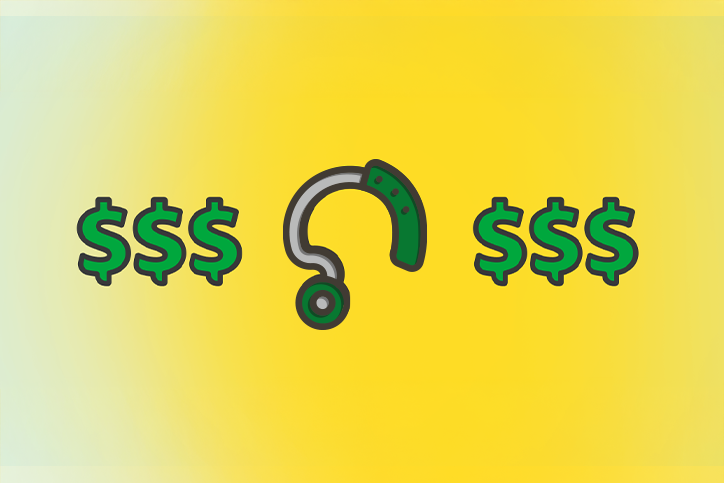The price of hearing aids can be a barrier for those who want help with their hearing loss. Here at TruHearing®, we’re trying to lower the cost of hearing aids. However, there are some very real factors that impact the cost of hearing aids.
Research and development
A large percentage of the cost is due to the amount of research and development (R&D) needed to continually improve the technology that powers hearing aids. Each year, hundreds of millions of dollars are spent by the hearing industry to make hearing aids smaller, more powerful, and more natural sounding. This R&D process involves electrical engineers, sound engineers, computer engineers, audiologists, programmers, and more.
A small market
Last year, approximately 5.3 million hearing aids were sold in the US. That sounds like a lot, but when you consider there are about 335 million people in the US, 5.3 million hearing aids sounds like a drop in the bucket. In fact, just 1.5% of the US population buys hearing aids each year.
When you combine the high cost of developing hearing aids with the small market for those hearing aids, prices are naturally going to be high. For comparison, there were 118 million cellphones sold in the US in 2024, and cellphones can range from several hundred dollars to over $1,000.
Professional services and overhead
To receive the proper benefit from hearing aids, they must be fitted by a professionally trained audiologist or hearing aid specialist. These hearing providers typically spend 3–6 hours per patient for the hearing exam, evaluation, fitting, and programming of hearing aids. Plus, providers have the cost of maintaining an office, paying staff, advertising, and more.
Some of this time and effort is paid for by exam fees—but more often than not, hearing providers offer free exams and consultations and roll the cost of their time and services into the price of the hearing aids, making the hearing aids themselves more expensive.
Customization
Many in-the-ear (ITE) hearing aids must be custom molded to the patient’s ear. Customizing individual hearing aids takes skill, time, and effort that also makes hearing aids more expensive.
Warranties and return policies
Today, hearing aids come with money-back return policies. When a patient is unhappy with their hearing aid, they can return it for all or part of the cost of the aid. Since these hearing aids cannot be resold to others, the cost of the returned hearing aid must be absorbed by the provider and the manufacturer—adding to the high price of all hearing aids.
So yes, hearing aids can be expensive. That’s why TruHearing works directly with manufacturers, health insurance plans, and providers to negotiate special rates and lower the cost of hearing aids. If you think hearing aids are too expensive for you, contact us today and we may be able to help you bring that cost down.
Contact TruHearing
